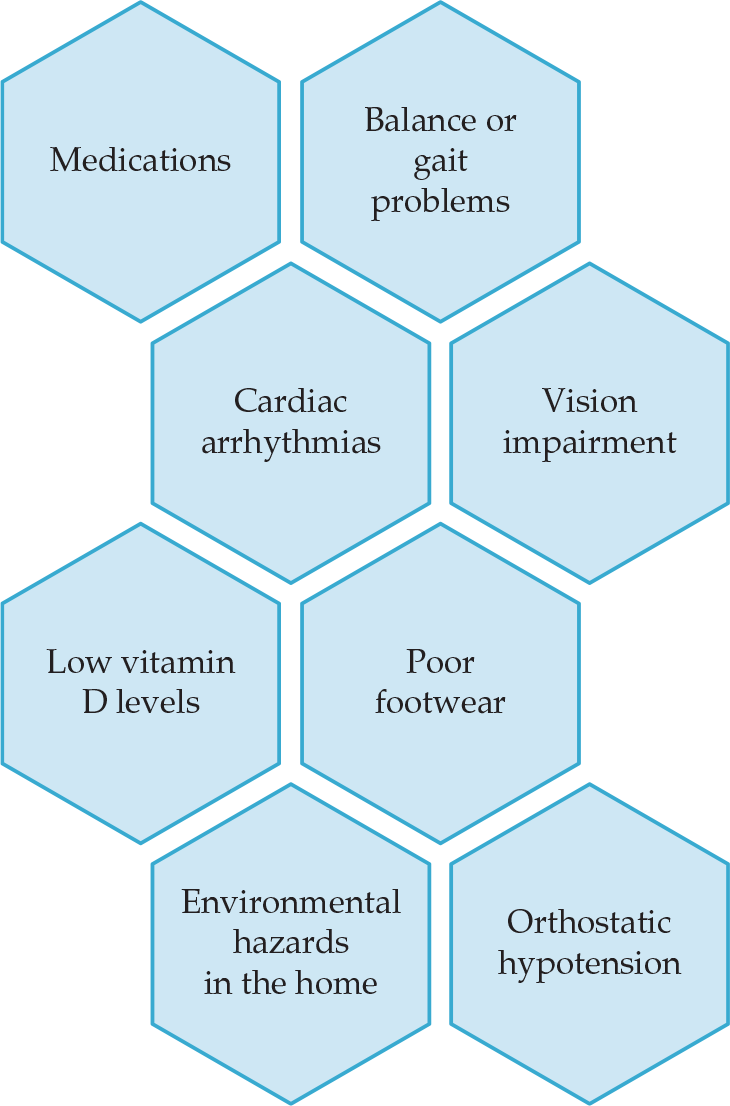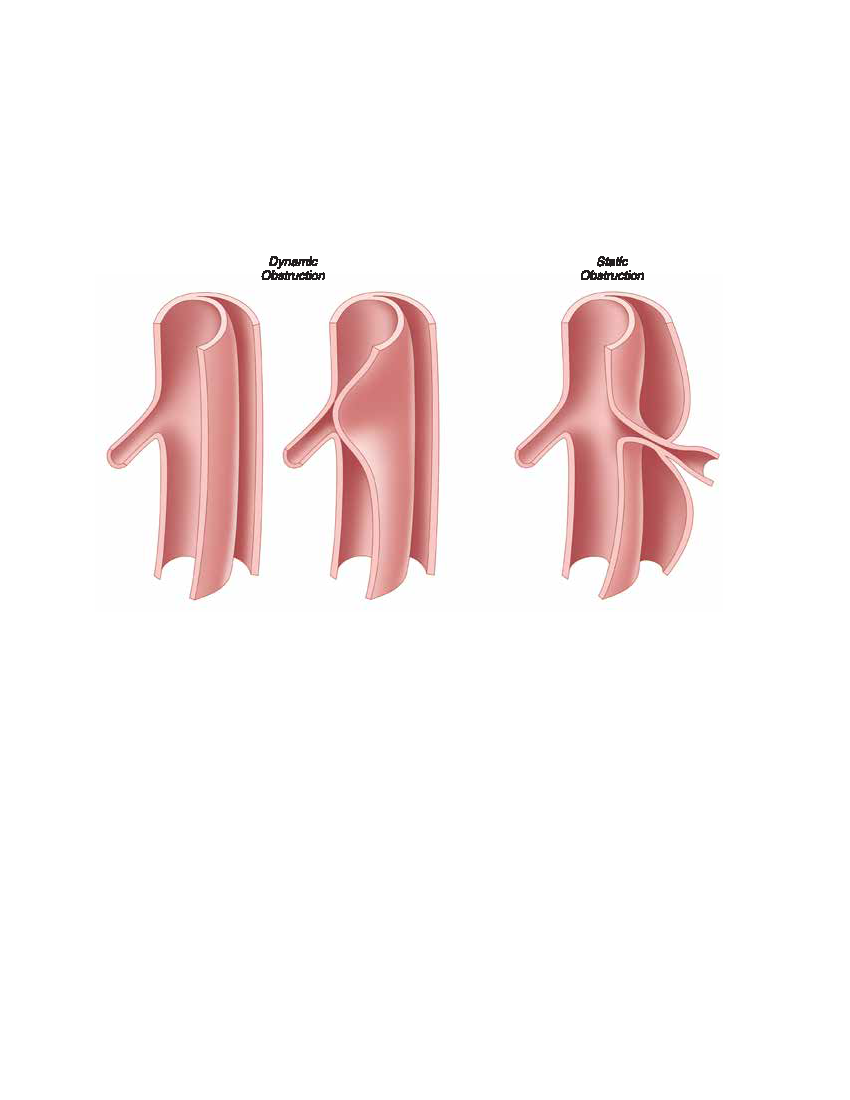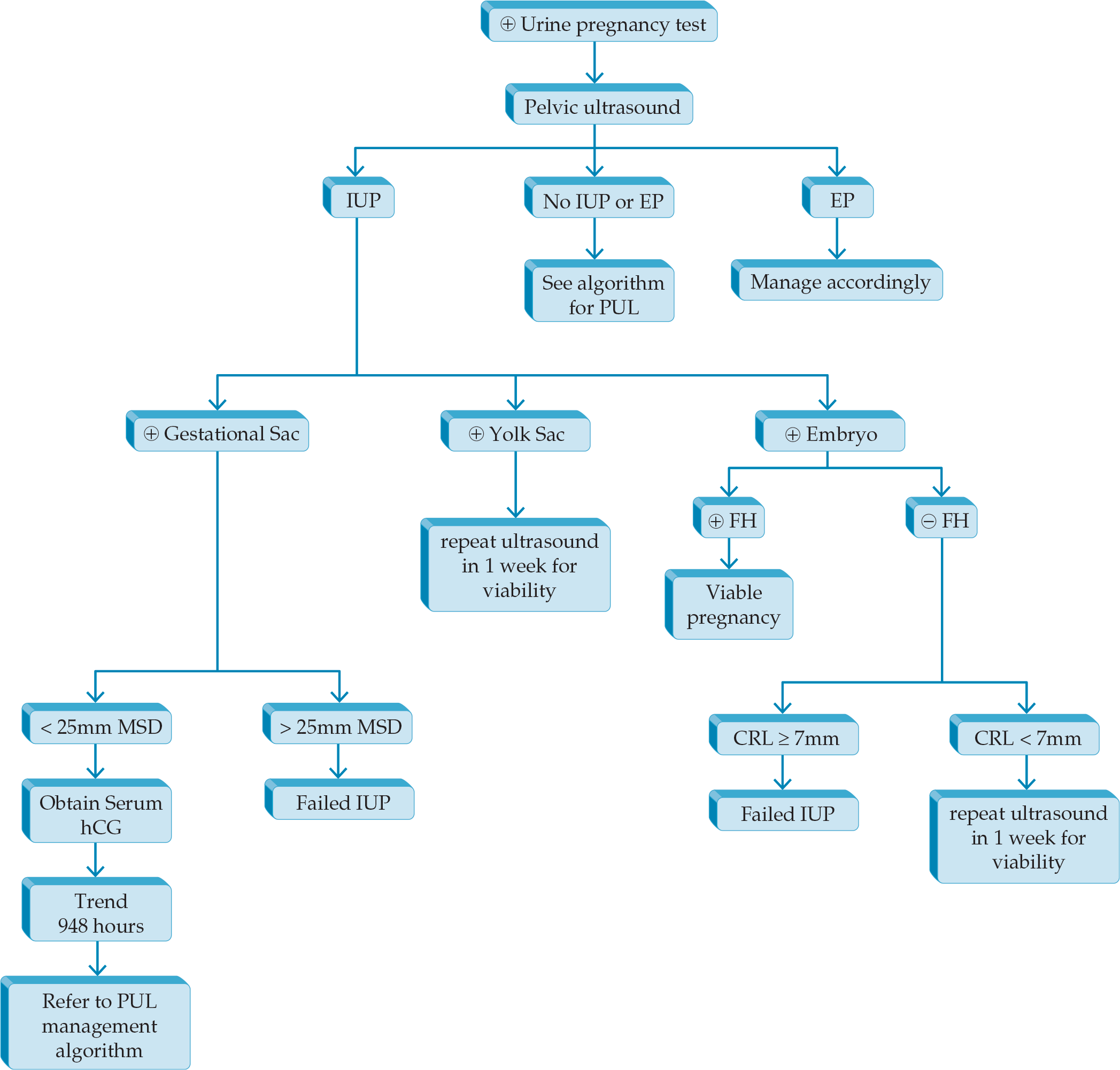Management of the Geriatric Patient
- Emphasis on the importance of exercise in interventions to prevent falls
Increasing research on interventions to improve frailty with promising work on interventions that include an exercise component as well as nutritional measures
Recommendation against vitamin D to prevent falls in patients without osteoporosis or vitamin D deficiency
- New and emerging therapies for pressure ulcers stress the importance of microclimate control, prophylactic dressings, and attention to reducing shear and friction in addition to pressure.






.png)







